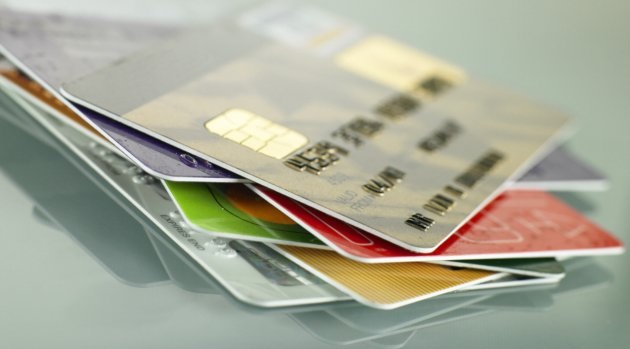Mobile usage is on the rise among consumers around the world. A Ruder Finn study recently revealed that American mobile users spend an average of almost three hours each day on their phones. The increased popularity of smartphones directly affects these statistics.The usage of mobile phone is dominated by mobile social networking.Before full-featured phones really took off, circa 2005, mobile users spent only an average of 13 hours per month using their devices. In 2004, only 65 percent of adults and 45 percent of teens ages 12 to 17 owned mobiles. Today’s surveys indicate that 88 percent of adults and 72 percent of teens own mobiles. A study published in 2012 revealed that nearly half of these devices are smartphones and that, by 2013, these devices could account for nearly 70 percent of all mobiles in use across the nation.
Then, users communicated almost exclusively through voice calls and text messages, using their computers for social outlets such as email, Yahoo Messenger or MySpace. Today, however, there is a shift in mobile usage: An estimated 91 percent use mobile social networking, as opposed to 79 percent of desktop users who access social networks from their computers. During their 2.7 hours of daily use, around 40 percent of mobile consumers report posting comments, connecting with friends and sharing content and photos through social networking apps and mobile websites.
Personal Use vs Professional Use:
Many people work with computers during their work days: They like to be as far away from desktop units during their off time as is possible. Also, there is still a nerdy stigma attached to those who spend their time sitting at home on the Internet. Mobile access to the same networks through phones or tablet computers, however, is seen as socially acceptable and even desirable.
While the smart phone may be the key to accessing the mobile Web, there are a few additional factors that contribute to the increase of mobile social networking. Principally, there are more social media outlets now than there were in 2004. MySpace has lost a large portion of its market share to sites like Facebook, Twitter and Google+. Online social network features encompass much more than personal socializing: LinkedIn, BranchOut and other venues offer social features for professionals to connect with peers and consumers, which creates new business relationships and prospects.
Dedicated Platforms
Nearly all of these social networks has a dedicated mobile platform, so users do not have to skip a beat in their daily routine while making connections to their friends and business contacts. Mobile users can share information, pictures and updates as they happen rather than waiting until the next time they are in their home offices. Social networks and other Internet sites that do not have accessible mobile access or applications are quickly losing ground to those that market directly to mobile users. Perhaps predictably, mobile voice call times trend down as mobile Internet access becomes more popular. With so many options for keeping in touch at their fingertips, mobile phone users overwhelmingly opt for the mobile Web and social networks over traditional phone calls.



